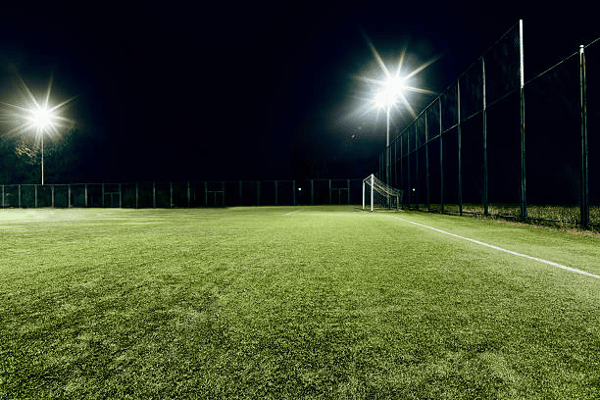First Sports Venue to Adopt LED Lighting in Stadiums
LED Retrofit,
LED Lighting,
Lighting Education,
Sports Lighting,
Lighting Efficiency,
LED Lighting Benefits,
Sports Lighting Guide,
LED Lighting Guide,
Lighting Maintenance,
Football Field Lighting,
Baseball Field Lighting,
Little League Field Lighting,
RAB Lighting,
Lighting Rebates,
Pickleball Lighting,
Tennis Court Lighting

